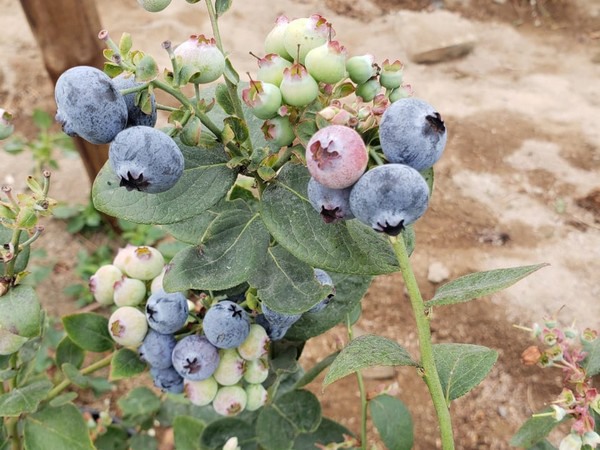Supplies of blueberries are strong right now.
“We just came out of the Thanksgiving rush and there’s plenty of supply on blueberries,” says Ben Escoe of Twin River Berries in Portland, OR. “There’s a convergence of berries from Chile, Peru and Argentina all at once.”
Chile and Peru have both seen delayed seasons this year because of cold weather. “That created a nice high early market and that’s caught up with us now,” says Escoe. “The combination of a little bit of an oversupply right now mixed in with the Thanksgiving holiday is what’s driving the market down.”
Escoe says Twin River is transitioning into loading primarily out of Chile as the country moves into its strong season between December-February. “Peru is on its way down, too, in supplies. It’s gone through its peak and that’s happening now with arrivals. The supply really drops off from there,” says Escoe. While conventional Peruvian supplies come largely from the country’s coast, its organic supplies come from the mountains in Peru and the higher elevation means a later season. “We’ll continue with pretty consistent supplies out of Peru on organic blueberries through to January,” says Escoe.
He notes that Peru in particular is up in volume this year. “It’s lower than they projected. Peru overall is actually up 40-50 percent year over year but most of that increase has occurred over the past month. It was supposed to be bigger and a lot earlier but that cold weather really delayed things,” says Escoe, noting that the recent increase is what’s causing pressure on the market.
Argentina finishing up
Meanwhile supplies are wrapping up from Argentina. “They had a better season than in previous years—the quality was a lot better and it was where all our earlier supplies are from,” says Escoe, noting Argentina will be completely done by mid-December.

At the same time, demand has recently come off. “It’d been really high until last week. The market is flushed in terms of supply versus demand. It’s a bit out of balance right now but we’re expecting that to correct,” says Escoe, despite the fact that the shutdowns that numerous states are going into in the U.S. will likely trigger another drop in foodservice demand.
All of this combined has left pricing to take a bit of a fall. “It was very high, way higher than expectations. And then last Tuesday there were fairly significant drops, maybe 25 percent,” says Escoe, noting the pricing will likely come back to where it was in December and then drop again in January. “Typically, the countries determining the market are Peru in the fall and Chile in the early winter. The transition between Peru and Chile will cause a bit of a spike in prices but I think that will level out and get to normal in January-February when there’ll be lots of promotions and bigger packs,” he adds.
For more information:
Ben Escoe
Twin River Berries
Ph: +1 (541) 716-4401
ben@trberries.com
www.trberries.com
